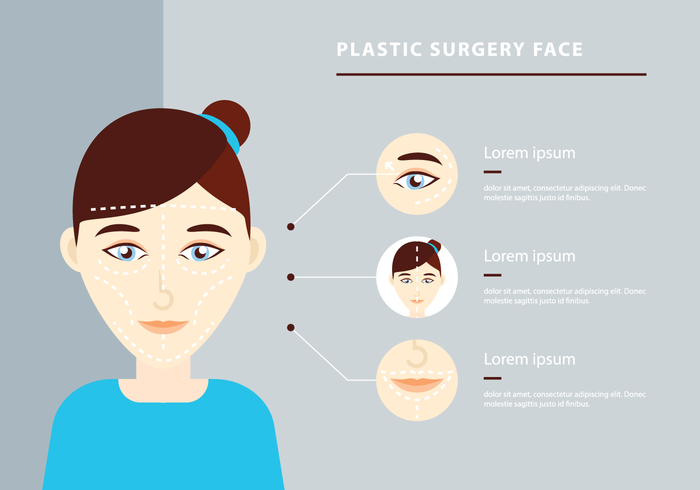Acne area treatments can be a reliable tool in the fight against acnes. However like all skin products, they have to be used correctly to get the most effective results.
For example, before applying a spot treatment, you ought to think about icing the area. This cooling technique assists accelerate the healing procedure and will certainly make your area treatment a lot more efficient.
1. Clean the Location
Prior to applying an area treatment, make sure to completely cleanse the area. Applying a treatment to dirty skin will be less effective and can cause irritation.
Acne spot treatments work by delivering a high dosage of acne-fighting active ingredients straight to an outbreak, clarifies skin doctor Michelle Henry. These items can can be found in lots of kinds, from lotions to gels or ointments, and they're usually developed to target active breakouts to reduce swelling, soreness and quicken the recovery procedure.
Some kinds of area treatments have anti-inflammatory ingredients, while others are drying out, like retinoids or sulfur, which aid to unblock pores and do away with excess oil. There are likewise formulas that help fade post-acne marks or dark places, thanks to lightening up components like L-ascorbic acid and niacinamide. Some even have blemish-squashing abilities, like adapalene, which works to quickly clear imperfections by obstructing the pore's opening. You can discover these at the counter or by prescription from a skin specialist.
2. Apply the Spot Therapy
An area treatment delivers a high dose of acne-fighting active ingredients straight to the contaminated area. The goal is to eliminate germs and minimize red marks, swelling or any scabbing left behind. As an example, our acne area treatment contains 2.5% Benzoyl Peroxide, so it does not completely dry skin or trigger stinging.
If you have a noticeable whitehead that prepares to find out, you can apply a non-drying place therapy at bedtime to help promote the procedure without irritating the surrounding skin. Or else, grab a drying place therapy when the blemish has currently burst and is exposed.
A place treatment ought to be made use of independently from everyday treatments or products that you put all over your face, unless your medical professional advises it for long-lasting use. The factor is that area treatments are made to be applied directly to imperfections or dark areas (depending on what you're dealing with) and not over big areas of primarily clear skin, as this can irritate the healthy skin and create a rash.
3. Wait a Couple Of Minutes
You'll discover that many place treatments have instructions for how much time to leave them on for optimum effectiveness. Adhere to those suggestions to avoid inflammation or drying out the skin-- an usual skincare mistake that dermatologists say can flare up your acne.
One more skin care habit to prevent is using numerous treatments to a single imperfection or breakout. That includes botox for migraines both area therapies and lotions that are part of your daily skin care regimen. Skin specialists advise waiting a few minutes prior to using various other products in addition to your acne spot therapy to give it time to function without getting watered down or disturbed.
One exemption to this guideline is sun block, which dermatologists agree need to be applied initially because it requires some time to work with its own to permeate your pores, says Goldenberg. Simply be sure to rub out any other skincare products prior to reapplying your sunscreen. That will certainly ensure it covers the acne properly and assists fade any type of red or dark marks that might have been left behind by your imperfection scars.
4. Hydrate
Most skin specialists concur that applying acne therapy, serums and creams in the correct order will aid reduce outbreaks. This means cleanser initially, adhered to by any type of therapies with a thinner consistency and after that a moisturizer for oily skin. This includes a non-comedogenic cream or cream with shea butter, jojoba oil or an additional natural moisturizer that will certainly lock in wetness without obstructing pores.
Acne area therapies are potent, targeted formulas made to deal with a certain blemish. They work to eliminate the bacteria that triggers swelling and prevent an acne from growing or spreading. They are not indicated to be made use of as a general ubiquitous acne therapy and applying them to areas past the target location can cause inflammation and a breakout.
If your skin feels as well completely dry after using an area therapy, downsize the application and moisturize more frequently. You might also wish to take into consideration switching over to a different kind of acne therapy, like our low-dose 2.5% benzoyl peroxide acne therapy. It is clinically shown to clear and stop acne with much less dryness, inflammation or itching than various other prescription acne drugs.
